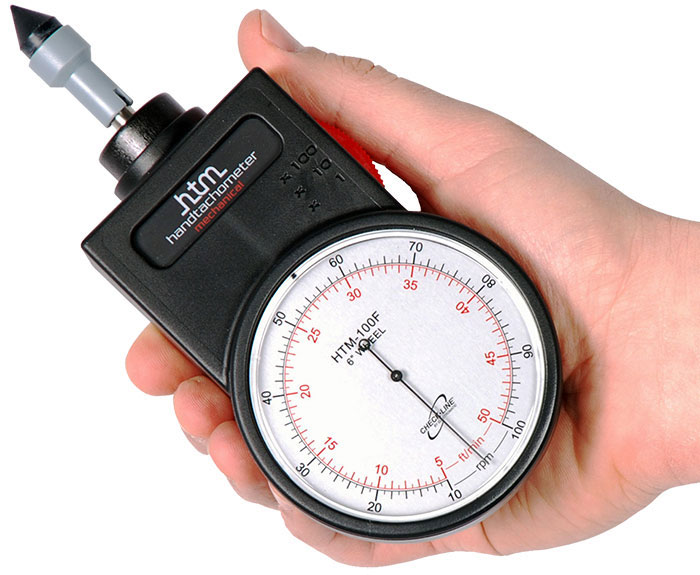How to Pick the Right Tachometer for Your Car or Bike
How to Pick the Right Tachometer for Your Car or Bike
Blog Article
The Importance of a Tachometer in Monitoring Engine Speed and Efficiency in Automotive Applications
In the realm of auto design, the tachometer stands as a critical tool in the motorist's arsenal, offering a direct window right into the inner workings of a vehicle's engine. Past its function as a simple scale of changes per minute (RPM), the tachometer serves as an important device for enthusiasts and specialists alike, offering real-time understandings into engine efficiency and health.
Value of Keeping Track Of Engine RPM
Checking engine RPM, or transformations per minute, is a vital element of auto maintenance and performance evaluation. Engine RPM straight associates with the rate at which the engine's crankshaft revolves, indicating just how quickly the engine is running.
Additionally, monitoring engine RPM is important for performance assessment in racing and high-performance automobiles. In summary, checking engine RPM is not just vital for identifying issues however likewise for enhancing engine efficiency in various vehicle applications.

Advantages of Real-Time Data
In automotive applications, real-time data plays a crucial role in offering immediate understandings into the performance and condition of the car. By continually keeping track of different criteria such as engine rate, temperature level, gas usage, and extra, real-time information uses countless advantages that add to boosted efficiency and safety when traveling.
Furthermore, real-time data facilitates performance optimization by offering immediate feedback on driving practices and engine effectiveness. Drivers can readjust their habits in real-time based on this information to accomplish far better gas economy and prolong the lifespan of their lorry.

Additionally, real-time data plays an important function in contemporary vehicle diagnostics, enabling professionals to quickly identify and attend to malfunctions. This causes reduced downtime, lower maintenance prices, and ultimately, improved total lorry dependability and long life (tachometer). By taking advantage of the power of real-time information, auto stakeholders can make educated decisions that positively impact both the performance and longevity of the automobile
Influence On Equipment Shifts
Effective gear changes in auto applications substantially affect overall efficiency and driving experience. The tachometer plays an essential role in optimizing gear changes by giving real-time engine rate data to the chauffeur. When coming close to the redline on the tachometer, it indicates the driver to upshift to avoid over-revving the engine and triggering possible damages. On the various other hand, downshifting at the ideal minute can help maintain the engine in its power band, making certain responsive velocity when needed.
Additionally, the tachometer help in attaining smoother gear shifts, especially in manual transmissions. By checking engine rate, vehicle drivers can implement gear shifts at the optimal RPM range, reducing jerking movements and minimizing wear on the transmission parts. This accuracy on duty changes not just improves driving comfort however likewise adds to sustain efficiency.
Enhancing Gas Efficiency
Offered the important function the tachometer plays in maximizing gear changes these details for performance and engine health and wellness, it directly adds to making the most of fuel effectiveness in automotive applications. By giving real-time responses on engine rate, the tachometer assists drivers in maintaining one of the most reliable RPM range for gas economy. When chauffeurs continually keep track of the tachometer and readjust their motoring habits as necessary, they can stay clear of unneeded fuel consumption triggered by over-revving or carrying the engine.
In addition, the tachometer aids vehicle drivers recognize one of the most fuel-efficient equipment to be in at any provided minute, preventing the engine from working tougher than necessary. This is especially essential throughout velocity and cruising, where remaining in the appropriate equipment can considerably influence fuel efficiency. Furthermore, the tachometer can signal chauffeurs to potential mechanical issues that can be adversely influencing fuel economic climate, such as a sliding clutch or a blocked air filter. To conclude, the tachometer functions as an important tool in improving fuel performance by advertising optimal driving behaviors and determining areas for enhancement in the lorry's efficiency.

Maximizing Engine Long Life
The tachometer's role in keeping an eye on engine speed and efficiency is instrumental in making certain the longevity of automotive engines. By making use of the tachometer effectively, drivers can maximize engine longevity via conscious RPM administration. Continually revving an engine as well high can bring about extreme wear and tear on click for source critical parts, such as the pistons, valves, and bearings. In time, this can cause lowered engine efficiency and possible breakdowns. Keeping an eye on the tachometer enables drivers to stay within the recommended RPM array for their vehicle, avoiding unneeded pressure on the engine and expanding its life expectancy.

Conclusion
To conclude, the tachometer plays an essential role in checking engine speed and performance in automotive applications. By offering real-time data on RPM, it enables efficient gear changes, enhanced gas performance, and optimized engine longevity. This tool is important for preserving optimal engine efficiency and guaranteeing the general capability of an automobile.
Report this page